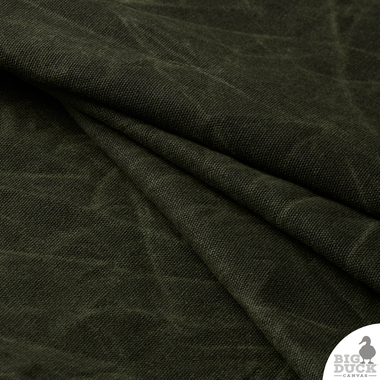I was checking out canoe paddle bags from Frost River and Duluth Pack and figured it would be a good first time project for the new Sailrite LSZ that I picked up. It's basically a layer of 10 oz waxed canvas with a layer of cotton flannel sewn to it. There's another layer of cotton flannel to act as a divider, then another layer of cotton flannel sewn to the final layer of waxed canvas. This gave me two pockets so that the bag could hold two paddles. I covered the edges with nylon webbing using the swing away binder attachment, which made the process waaaay easier than trying to fold it over and hold it. I strayed from the original paddle bag design by using a piece of webbing and a buckle for closure. The original design used a tied top that would have been difficult to use for my planned installation in my truck canopy. Unfortunately I didn't grab any pictures prior to installation, but here's what it looks like in the truck:
View attachment 550499
View attachment 550500
View attachment 550501
I put in six grommets though I wound up only using four. I'll run it like this for a bit and see if the extra grommets are needed. The paddle bag bolts right into tracks installed on the ceiling of the canopy.
I picked up 10yds of the waxed canvas and have already cut pieces for three more paddle bags (Two more for the truck, the other one as a gift). I've got a bunch of little projects planned such as custom tool rolls, shoe pouches for the teardrop and 1gallon water jug covers w/ handles.







